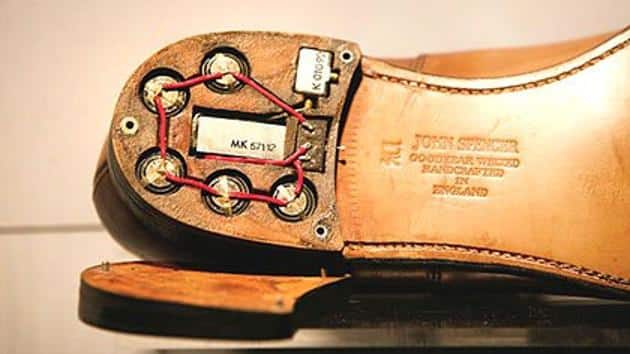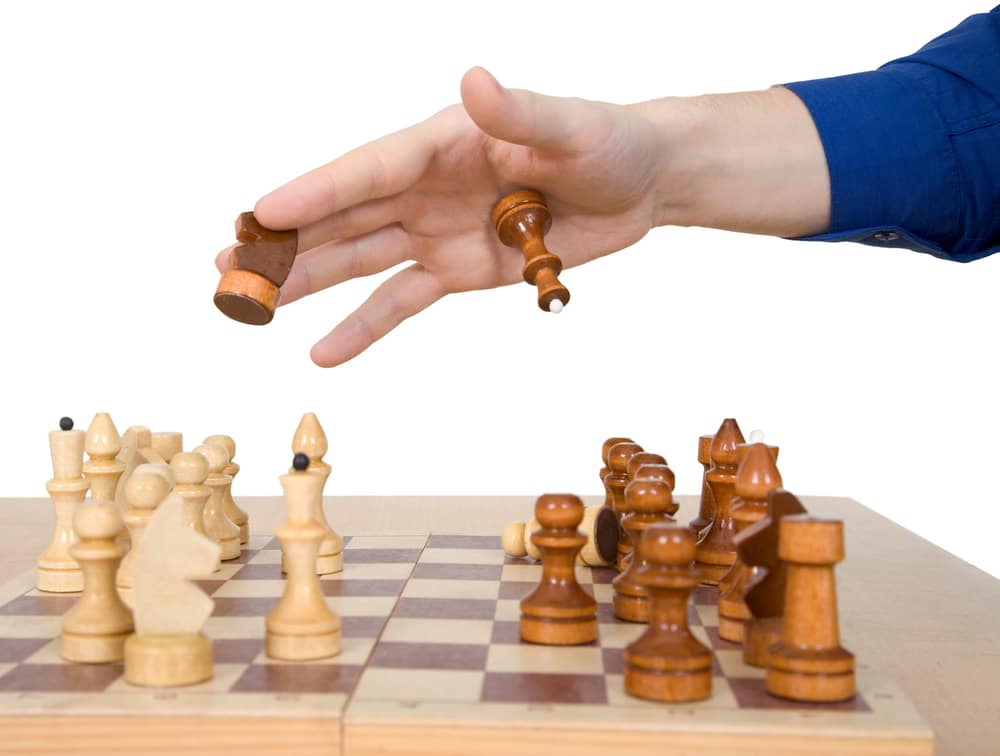Chess is a truly fascinating game, full of twists and turns, intricate strategies, and intelligent moves. But with great potential for complex tactics comes the potential for Chess Cheat. Unfortunately, there are some unscrupulous individuals out there who are willing to go to any lengths to win a game.
That’s why it’s so important to learn how to recognize and prevent cheating when playing chess. From common methods such as rating manipulation to more sneaky tactics like computer engine aid, there are a variety of ways to cheat at chess. In this article, we’ll explore the various types of cheating in chess, ways to detect it, and how you can avoid getting caught.
Table of Contents
Types of Cheating in Chess
Cheating in chess comes in a variety of forms. The most common type of cheating is collusion with spectators or other players. This is when a player deliberately reveals information about their game or strategy in order to give themselves an unfair advantage. This type of cheating is especially difficult to detect, as collusion may be subtle or simply keep secret.
Another common type of chess cheating is using a chess engine during play. Chess engines are programs that analyze a game and find the best possible moves for any given situation. They can basically be used to take all the guesswork out of a chess game, as the engine will never ‘make a mistake’ in its analysis or strategy.

There is also rating manipulation, where someone deliberately changes their rating to either help them win more games or avoid losing games against stronger opponents. This type of cheating is particularly tough to detect as it’s difficult to figure out who is manipulating their rating and when.
How to Detect Cheating (Chess Cheat)
The best way to detect cheating in chess is to be on the lookout for any suspicious behavior. For example, if your opponent is consistently beating you in a certain opening or if you notice that they always seem to find the best move in any given situation, these can be indicators of cheating. You should also take note of patterns in the placement of pieces and the way the game is being played, as this may suggest that the opponent is using an engine, Chess Cheat.
There are also a number of chess cheat detection tools available online that can help identify signs of cheating. These tools analyze a game and compare the moves made by a player to those suggested by a chess engine. If there is a significant difference in the moves recommended by the engine and those made by the player, then it’s possible that they are cheating.
Preventing Cheating
The best way to prevent cheating in chess is to make sure you know the rules of the game and that you monitor your opponents’ behavior during play. It can also be helpful to have an additional player or observer present during a game in order to reduce the chance of cheating.
When playing online, it’s best to only play with verified and trusted players. You should also use sites that feature anti-cheat detection tools, such as Chess.com, which uses analytics to compare moves to engine recommendations.
Chess Cheat will always be in the game, since in all games there is always cheating, however, the anger of many people is that the system used by FIDE for these cases is obsolete or really does not work.
Conclusion
Cheating in chess is unfortunately not entirely uncommon. However, the good news is that it’s relatively easy to recognize, spot, and prevent if you are vigilant and aware of the types of cheating that can take place during a game. By following the tips outlined in this article, you’ll be able to keep your games honest and fair.






